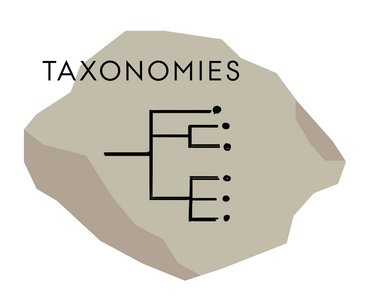Work Package II

Objectives: To build on WP I’s critique of existing culture-historical taxonomies for the European Final Palaeolithic/earliest Mesolithic and to use its data by providing a new quantitative, transparent and replicable classification that reflects the historical relationships and long-term social transmission dynamics among these past communities of practice.
Methods: Beginning with the type sites for Final Palaeolithic/earliest Mesolithic cultural units, WP II will collect data on relevant key characteristics, noting also the absence of specific traits. All sites will be assessed for and ranked by their taphonomic status and epistemic quality (i.e. surface collection versus excavation; antiquarian versus recent excavation; open-air versus rockshelter/cave; partial versus extensive excavation). Beginning with the highest-ranked sites, geometric morphometrics applied to the available drawings of key artefact classes (points, scrapers, burins, cores). Data collection will follow two parallel tracks: 2D outline drawings and 3D recordings of actual objects. In archaeology, the long-standing practice of drawing supposedly typical representations of specific artefact types means that these (rather than the actual objects) de facto constitute the raw data that most inter-regional syntheses rely. Previous small-scale studies using drawings have demonstrated the utility of this approach, which facilitates the rapid accumulation of large datasets, albeit in favour of detailed recordings. Therefore, in parallel, samples of objects from key sites of the pertinent cultures will also be selected for (3D) morphometric recording, so that the results of analyses with very different quality/quantity trade-offs can be compared and evaluated. Exploratory and discriminatory data analyses will be employed to assess the robustness of traditional taxonomic divisions and to assess to what degree spatio-temporally patterned variation in artefact shapes, type frequencies or other salient attributes can be substantiated empirically and comparatively. WP II aims to construct cultural units that reflect past communities of practice. These units and their associated attributes can then be coupled with phylogenetic analyses creating explicit nested hierarchies (phylogenies) of units that reflect the long-term social transmission dynamics among them. Hierarchically connected units/communities can then be aggregated at higher levels of abstraction corresponding to, for instance, cultures.
Expected outcomes: A major catalogue of documented Final Palaeolithic/earliest Mesolithic artefacts in 2D/3D and an explicit methodology for deriving cultural taxonomic units based on common archaeological data dimensions. Importantly, WP II will provide one or several explicit hypotheses of cultural evolution in the Final Palaeolithic and earliest Mesolithic of Europe, framed in phylogenetic terms.